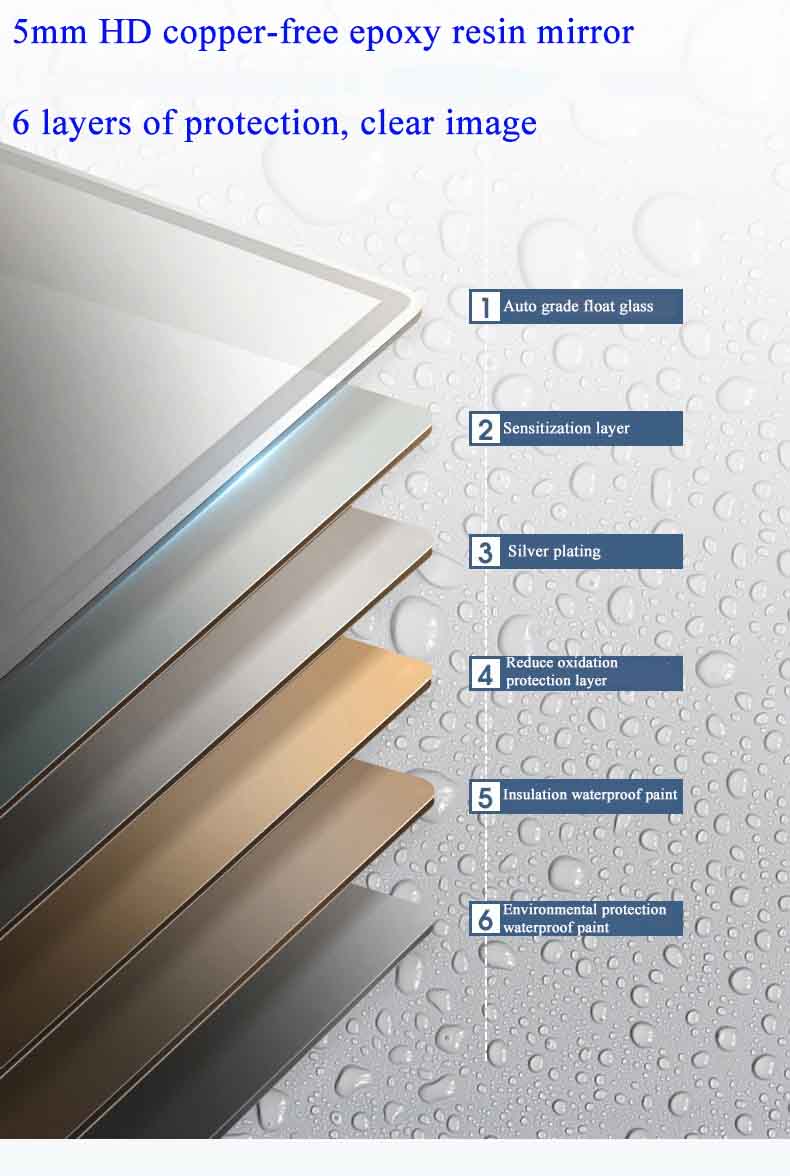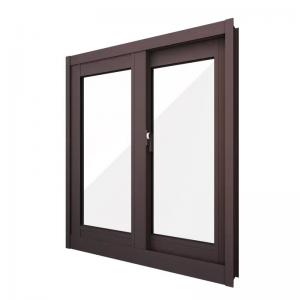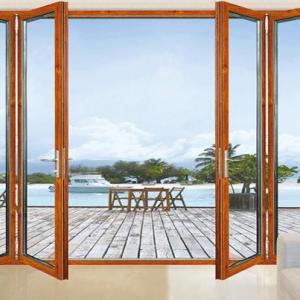Raspberry Pi and Smart Mirrors: Building Your Own
The intersection of technology and daily living continues to evolve, leading to innovative solutions like smart mirrors. A smart mirror combines a reflective surface with a digital display, providing information such as time, weather, and news updates directly on the mirror’s surface. Utilizing a Raspberry Pi, an affordable and versatile mini-computer, makes building a smart mirror an accessible project for hobbyists and tech enthusiasts. This guide will walk you through the process of building your own smart mirror, highlighting the necessary components, steps, and customizations to create a functional and aesthetically pleasing device.

What is a Smart Mirror?
A smart mirror is a two-way mirror with a digital display behind it. This setup allows the mirror to function normally when the display is off, but when the display is on, it projects information through the mirror. Smart mirrors can be used in various settings, from bathrooms and bedrooms to gyms and retail stores, offering a blend of utility and style.
Required Materials
To build a smart mirror, you will need the following components:
Two-Way Mirror: This special mirror allows light from a display to pass through while reflecting light from the opposite side.
Monitor or Tablet: Serves as the display behind the mirror.
Raspberry Pi: The computing heart of your smart mirror.
SD Card: At least 16GB, preloaded with the Raspberry Pi OS.
Power Supply: Appropriate power supply for the Raspberry Pi and the monitor.
Frame: To house the mirror and display.
Cables and Connectors: HDMI cables, power cords, and any necessary adapters.
Additional Hardware: Depending on custom features, you might need a PIR sensor, microphone, or speakers.
Step-by-Step Guide
Step 1: Setting Up the Raspberry Pi
Install the Operating System: Download and flash Raspbian OS onto an SD card using software like Balena Etcher. Insert the SD card into the Raspberry Pi and power it up.
Initial Configuration: Connect a keyboard, mouse, and monitor to the Raspberry Pi. Boot up and follow the on-screen prompts to set up the system, including configuring the network and enabling SSH for remote access.
Step 2: Installing MagicMirror² Software
MagicMirror² is the most widely used open-source platform for smart mirrors. To install it, follow these steps:
Open the Terminal: On your Raspberry Pi, open the terminal window.
Run the Installation Command: Enter the following command to install MagicMirror²:
bash
复制代码
bash -c "$(curl -sL https://raw.githubusercontent.com/MichMich/MagicMirror/master/installers/raspberry.sh)"
Configuration: Once installed, navigate to the config folder and edit the config.js file to customize the modules you want to display, such as clock, weather, calendar, and news feed.
Step 3: Preparing the Two-Way Mirror
Sizing the Mirror: Ensure the two-way mirror fits the frame and the display. You might need to cut the mirror to the desired size using a glass cutter or have it professionally done.
Cleaning: Clean the mirror thoroughly to avoid any smudges or fingerprints, which can interfere with visibility.
Step 4: Building the Frame
Designing the Frame: Design a frame that can securely hold both the mirror and the display. The frame should be deep enough to accommodate the monitor and allow for air circulation to prevent overheating.
Mounting the Display: Securely attach the monitor behind the mirror. Ensure that the display area aligns with the reflective surface of the mirror.
Cable Management: Route all cables through the frame, keeping them neat and out of sight to maintain the aesthetic appeal.
Step 5: Assembling the Smart Mirror
Placing the Mirror: Insert the two-way mirror into the frame.
Securing the Monitor: Position the monitor behind the mirror, ensuring it is centered and securely attached.
Connecting the Raspberry Pi: Connect the Raspberry Pi to the monitor using an HDMI cable. Power both the Raspberry Pi and the monitor.
Step 6: Testing and Customizing
Power On: Turn on the Raspberry Pi and the monitor. The MagicMirror² interface should display on the mirror.
Adjust Settings: Use the configuration file to adjust the layout, add or remove modules, and tweak the appearance to your liking.
Troubleshooting: Address any issues such as display alignment, software glitches, or connectivity problems.
Enhancements and Customizations
Building a basic smart mirror is just the beginning. Here are some enhancements you can consider:
Voice Control: Integrate voice assistants like Amazon Alexa or Google Assistant for hands-free operation. This can be done using a USB microphone and relevant API integrations.
Touchscreen Overlay: Add a touchscreen overlay to make the mirror interactive, allowing users to navigate through different modules and settings.
Motion Sensors: Incorporate PIR sensors to activate the display when someone is nearby, conserving energy when the mirror is not in use.
Advanced Modules: Explore additional MagicMirror² modules or develop custom ones to expand functionality. Modules can display to-do lists, commute times, social media feeds, and more.
Custom Frames: Design or purchase frames that match your home decor, adding a personalized touch to your smart mirror.

Practical Tips for Success
Start Simple: Begin with a basic setup and gradually add more features as you become comfortable with the technology.
Plan Ahead: Carefully plan the layout and design before starting the build. This helps avoid mistakes and ensures a smoother assembly process.
Utilize Online Resources: Leverage online tutorials, forums, and communities for troubleshooting and inspiration. Websites like Instructables and YouTube offer detailed guides and user experiences.
Safety First: When handling glass and electrical components, follow safety precautions to avoid injury.
Conclusion
Building a smart mirror using a Raspberry Pi is a rewarding project that combines creativity with technical skills. It enhances your living space with a functional and stylish device, providing real-time information at a glance. By following this guide, you can embark on your smart mirror journey, creating a customized piece of technology that reflects your unique needs and preferences.
 English
English Russian
Russian




